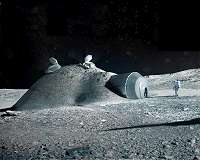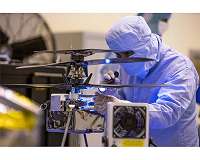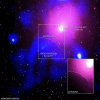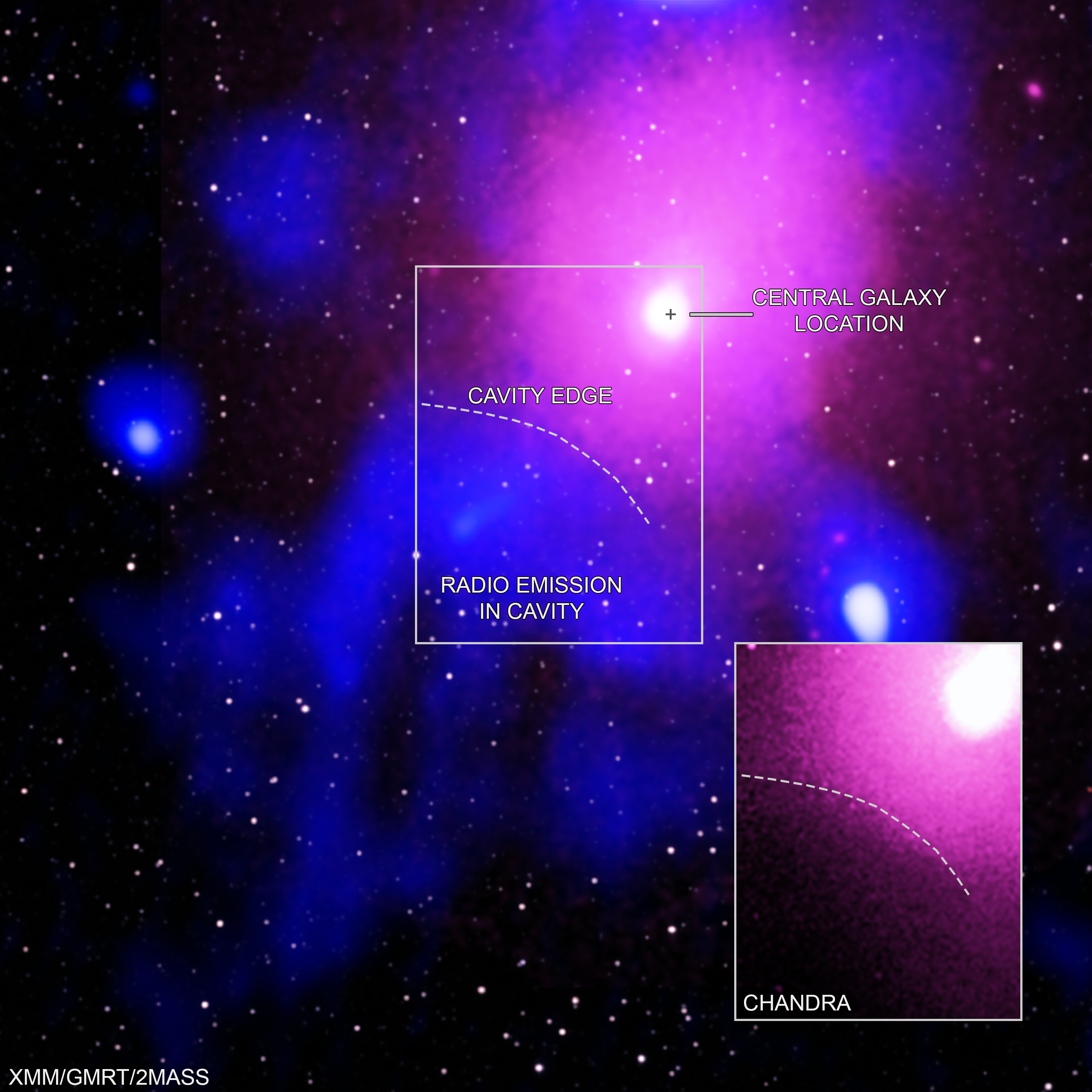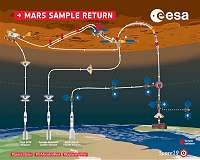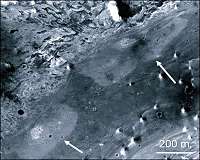Yhdysvaltain ilmavoimien ministeri Barbara Barrett keskustelee avaruuden merkityksestä kansalliselle turvallisuudelle.
Entinen Suomen-suurlähettiläs muuten.
Itse keskustelussa ei mitään uutta sinällään, mutta Barrett otti jälleen puheeksi salaisten avaruusjärjestelmien julkistamisen tai ainakin osan järjestelmien olemassaolon tunnustamisen. Tarkoitus
olisi sekä toimia pelotteena, että helpottaa budjettipyyntöjä kongressin suuntaan ja kertoa kansalla mitä heidän rahoillaan on saatu. Barrett on puhunut aiheesta aiemminkin ja myös Trump on pari kertaa nopeasti viitannut puheissaan kykyihin joista mahdolliset viholliset eivät ole tietoisia. Barrett sanoo suoraan, että kaikki eivät ole edes osittaisen deklassifioinnin kannalla ja prosessi on kesken.
Siitä sitten spekuloimaan, mitä julkisuuteen tuodaan, jos kun tuodaan.
Nyt kun uudet avaruusvoimat kaipaa kumppaneita on Suomella tässä hyvä mahdollisuus päästä alusta asti mukaan toimintaan.

